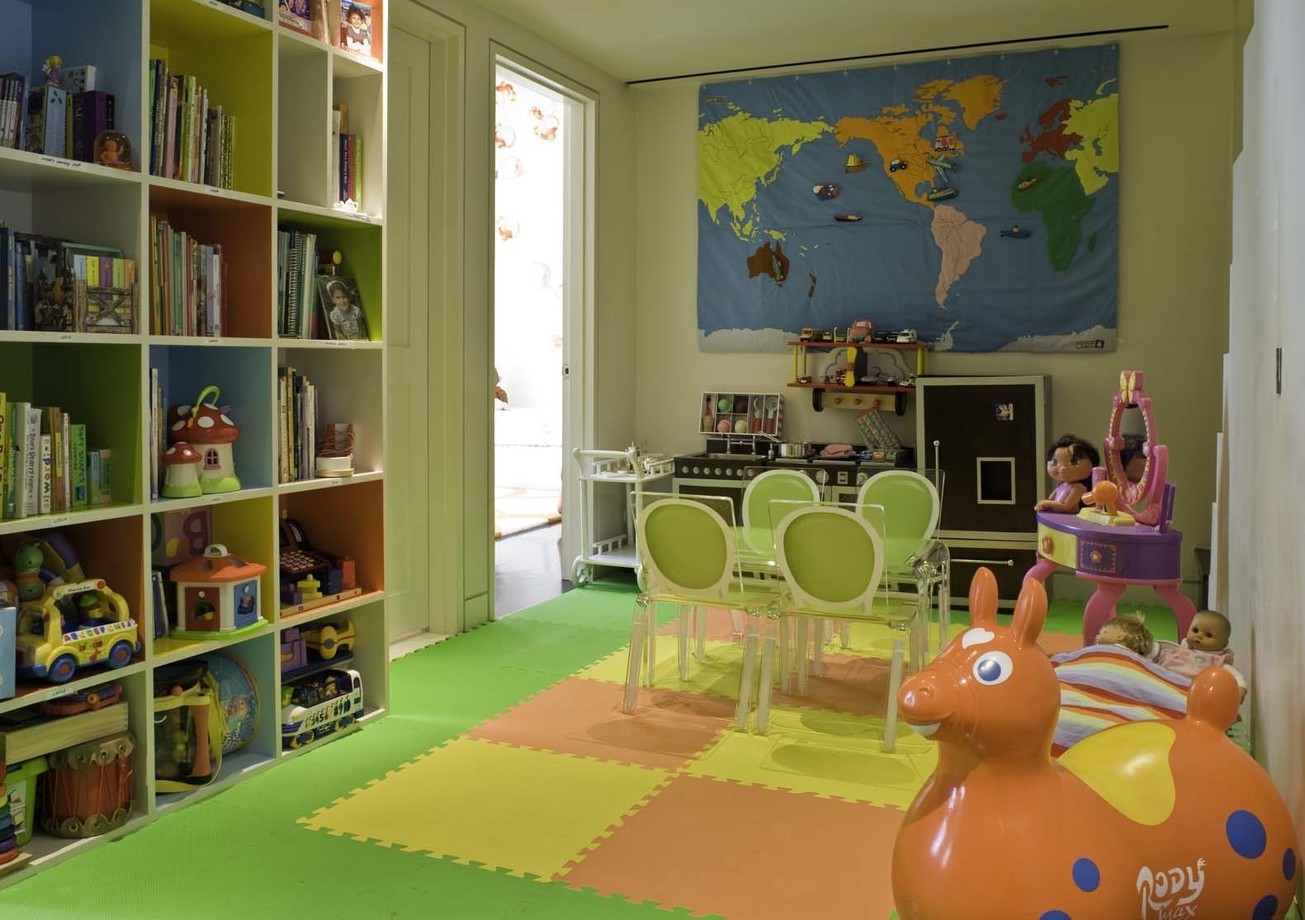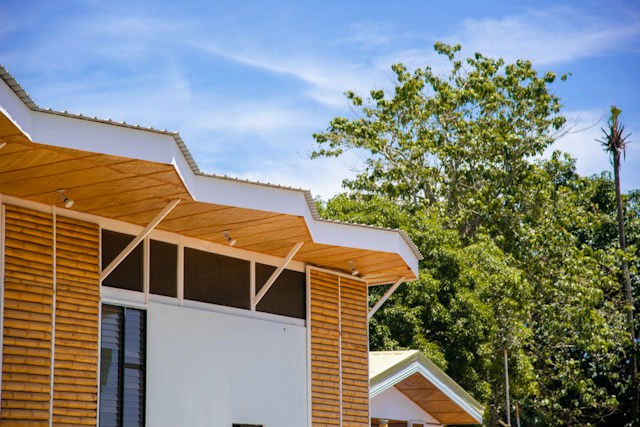What are some inexpensive ways to organize my kid’s room? It seems to be in a constant state of disorder!
It can be difficult to maintain order in the kid’s room. As a parent, you want your children to have easy access to their toys, books and clothes, but at the same time they are still learning how to put things away. And kids aren’t always great about sorting through old things and just keeping the essentials. For many parents, the most well intended organization may only work for a year or two, as what you need to keep in your child’s room changes constantly. Fortunately, there are some great basic tips that can help you maintain order in their rooms for the long term.
1. Multifunctional storage
Ikea’s Kallax storage system, which used to be sold under the name Expedit, is the go-to storage solution for many households. There are several sizes and dimensions and the straightforward, boxy design can hold all sorts of toys, books or clothing. There are several insert options as well, from drawers to cubes, which can help accommodate the ever-changing storage needs of your child’s room. You can attach casters to make it move around the room easier. As you child grows, there are desk options that can be added to the Kallax system. Depending upon your budget and style, there are many other retailers that sell similar systems.
2. Dresser or credenza
A good dresser can work in your child’s room from birth until the teen years. The dresser top can easily function as a changing table, with the drawers holding necessary diaper items and tiny clothes. As your child grows, the dresser will function for clothing storage or toys. Look for a well-made brand that has drawers that are easy for a child to use (consider adding soft-close drawer stops). Look for colors and styles that aren’t too childish and will work with many color schemes. Credenzas are generally a bit lower and longer than a standard dresser, but some credenzas offer tons of storage. Well-made credenzas can stay in the family for decades, and go from a child’s room to a teen’s room to first apartment. You can fix up a vintage dresser or credenza too, just make sure that the drawers are on a track system as these are designed to not pull all the way out when open.
3. Bookshelf
A bookshelf is a great way to hold not only books but precious mementos, school projects, trophies or other favorite kid objects. Bookshelves have a shallow depth, about 12″ – 15″, which mean it has a smaller footprint that most bedroom furniture. A solid quality bookshelf can last for years. Look for one with shelves that can be moved, and solid wood is much sturdier than MDF. Always (always!) secure bookshelves to the wall: earthquakes aside, kids often use shelves as a ladder to reach higher shelves. A heavy bookshelf can be extremely dangerous falling on a small child. You can encourage your child to get an early love of books by stocking the lower shelves with their favorites. Use bookends to help keep books from falling over.
4. Under the bed
Under bed storage is an often overlooked storage spot in the bedroom. It’s a good amount of square footage that should definitely be utilized. Some parents like a bed with built-in storage drawers, which can hold everything from extra stuffed animals, off-season clothing or extra bedding. You can purchase plastic storage bins that are designed for those under bed areas. The tight-fitting lid makes sure that dust stays off of precious artwork or keepsakes. Consider elevating the bed a few more inches with bed risers, this is great for elementary aged children who don’t need a low bed. These extra few inches can really add more room to your under bed storage area. Since this part of the room can be a trap for dust and allergens, make sure that your under bed storage piece are easy to move so you can vacuum or dust under the bed.
5. The closet
The standard closet can be a huge waste of space in a kid’s room. Kid’s clothes are short, so the standard garment rod is too high for kids to reach and gives way too much empty space underneath. Although the upfront cost may be high, having the closet professionally organized and designed will ensure that your child’s closet remains functional until they are ready to leave home (but let’s not think about that right now). A professional system should be well-made, meaning that as kids slam drawers shut or hang off of shelves, it will hold up over time. This system should also be flexible, so that clothes racks, shelves and other storage pieces can move and adjust with the child. No matter what system you install, you’ll know that every square inch will be used efficiently.
What tips do you have for keeping your child’s room organized?
Top image credit: Dean Maltz




